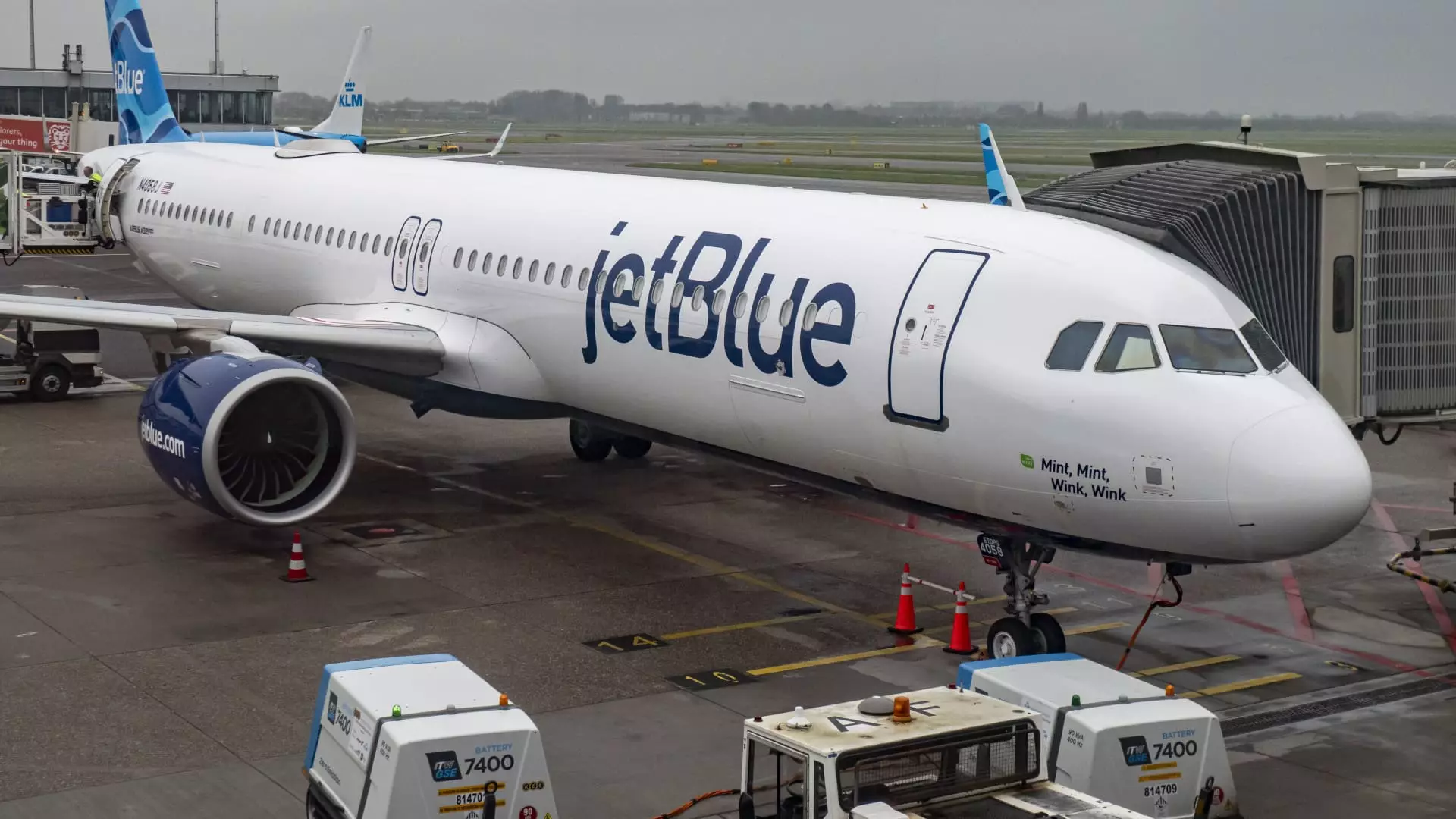In an ambitious bid to enhance customer experience and boost its profitability, JetBlue Airways announced plans to introduce domestic first-class seating by 2026 on aircraft lacking the luxury of its signature Mint class. This strategic maneuver aims not only to attract higher-paying customers but also to ensure the airline’s return to a healthier financial landscape. Marty St. George, the airline’s President, indicated the incorporation of two to three rows of domestic first-class seating across JetBlue’s Airbus fleet without Mint, a nod to evolving consumer preferences. It highlights the airline’s adaptability in catering to its passengers’ burgeoning demands for comfort, particularly on shorter journeys.
JetBlue’s endeavor is reminiscent of earlier discussions around expanding its Mint product offerings, which have garnered a loyal following since their inception a decade ago. St. George alluded to the playful terms “mini-Mint” and “junior Mint” as informal labels for this new initiative, which acknowledges the unique limitations of the Mint experience on shorter flights. This conceptualization signifies JetBlue’s commitment to offering passengers an upscale experience without the extensive lie-flat capabilities that define Mint on longer routes.
The adaptation reflects a significant trend in the airline industry, where passenger expectations are evolving post-pandemic. Travelers increasingly seek more space and exclusive perks, indicating a willingness to invest in a premium experience for domestic travel. JetBlue’s endeavor can significantly position the airline as a formidable competitor to other carriers that have been slow to adapt.
JetBlue’s decision comes at a time when the airline faces competitive headwinds, particularly after an unsuccessful merger attempt with Spirit Airlines was ruled against by a U.S. judge earlier this year. Additionally, a court deemed its collaboration with American Airlines in the Northeast as anticompetitive, putting further pressure on the airline to find ways to sustain growth. As St. George emphasized in his internal communication, developing new customer-centric offerings is paramount to keeping JetBlue relevant in the market.
To navigate these challenges, JetBlue is pivoting away from unprofitable routes and focusing on its core markets in Florida and the Northeast. The removal of inefficient routes not only aligns with cost-cutting initiatives but also provides room to innovate within its established profitable sectors. This strategic narrowing could unleash resources that facilitate a more targeted approach in improving customer service and profitability.
The airline industry has increasingly recognized the value of enhancing premium seat offerings. Recent competitors, including Alaska Airlines, announced plans to assess and potentially elevate their premium seating options, particularly in the wake of their merger with Hawaiian Airlines. This trend underlines an industry-wide shift towards catering to the increasing demand for comfortable airflow amidst an environment where leisure travelers are predisposed to spending more for upgraded experiences.
Furthermore, JetBlue’s announcement of its first lounges earlier this year exemplifies its holistic approach toward improving the customer experience. By coupling premium seating with enhanced lounge experiences, JetBlue may have an edge in captivating customers who seek not just transportation but an elevated travel experience.
As JetBlue prepares for the launch of its domestic first-class seats in 2026, the airline is keeping additional strategies under wraps, effectively maintaining a level of strategic ambiguity that may keep competitors on edge. The focus on cost reductions and retraction from unprofitable routes demonstrates JetBlue’s resolve to return to profitability under its new leadership. CEO Joanna Geraghty and her team are determined to steer the airline back to its pioneering roots while accommodating customer desires for enhanced service.
In summation, JetBlue’s anticipation of the launch of domestic first-class seating encapsulates much more than improving passenger experience; it represents a calculated effort to reclaim market share while adapting to the new dynamics shaping the airline industry. By positioning itself as an airline that prioritizes comfort and customer satisfaction, JetBlue is poised to redefine its future trajectory in the competitive landscape of air travel.


Leave a Reply